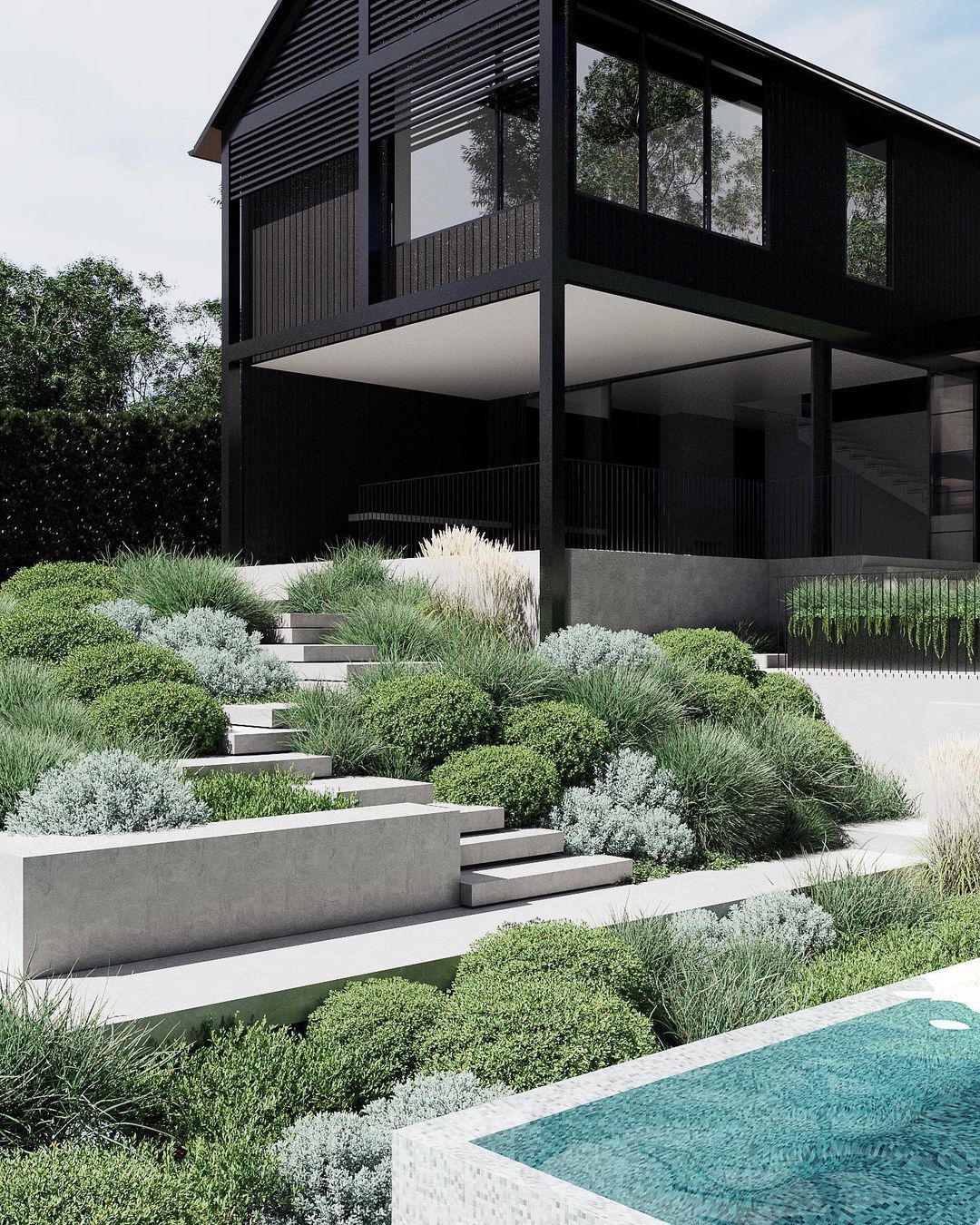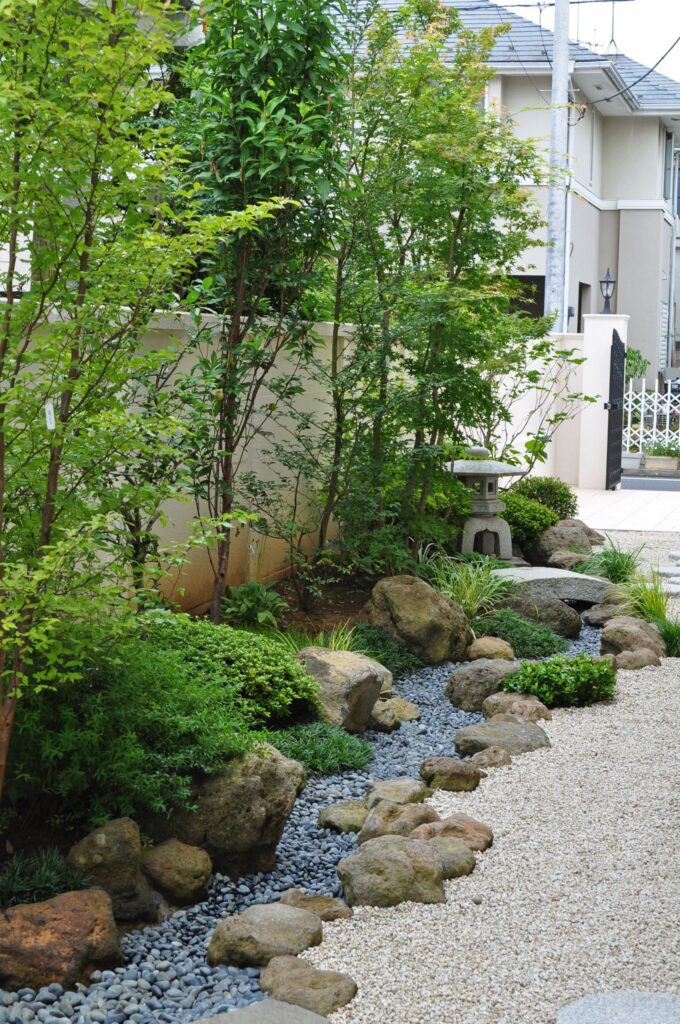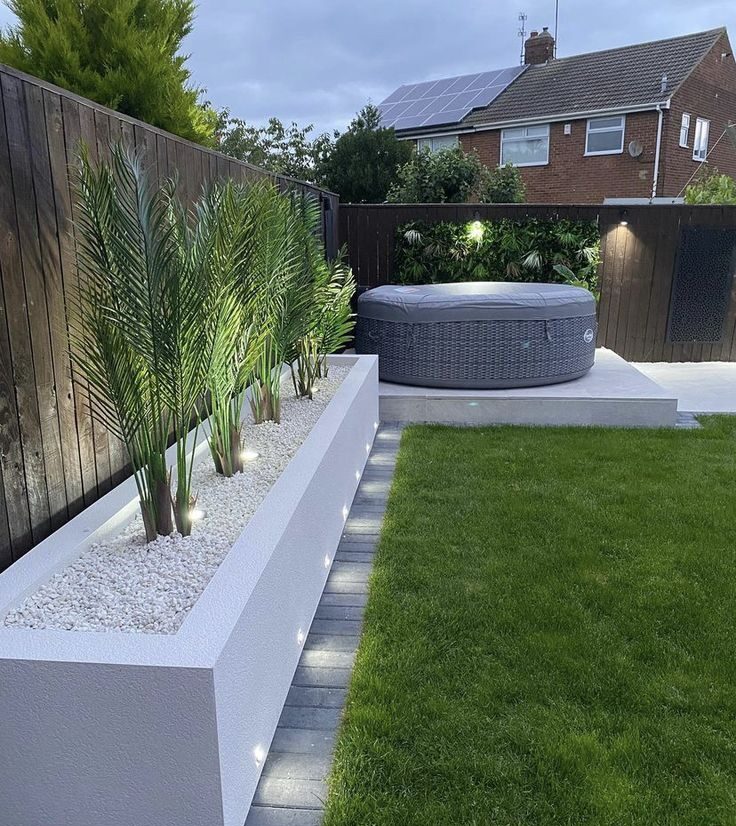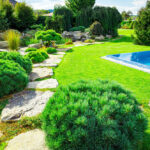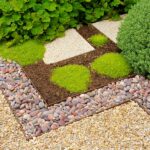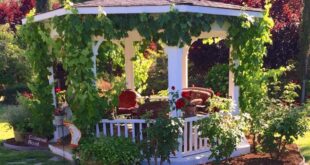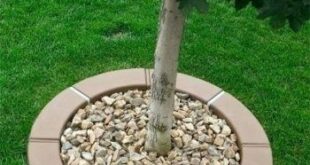Landscape garden design is an art form that involves planning and arranging outdoor spaces for aesthetic and practical purposes. A well-designed landscape garden can enhance the beauty of a property, create a sense of tranquility, and provide an outdoor space for relaxation and entertainment. Here are some key principles to consider when designing a landscape garden.
One important aspect of landscape garden design is the layout and arrangement of different elements. This includes trees, shrubs, flowers, and hardscape features such as paths, patios, and water features. The layout should be carefully planned to create a harmonious and balanced design that is both visually appealing and functional. It is important to consider factors such as the size and shape of the space, the existing features of the landscape, and the needs and preferences of the homeowner.
Another key element of landscape garden design is the selection of plants and materials. The choice of plants should be based on factors such as climate, soil conditions, and maintenance requirements. It is important to select a diverse range of plants that offer visual interest throughout the year, including flowering plants, evergreens, and foliage plants. In addition, the selection of materials for hardscape features should be based on factors such as durability, cost, and aesthetic appeal.
One of the most important principles of landscape garden design is unity and harmony. A well-designed landscape garden should have a sense of unity and coherence, with all elements working together to create a cohesive and well-integrated design. This can be achieved through the repetition of colors, shapes, and textures, as well as the use of focal points and transitions to create a sense of flow and continuity throughout the garden.
Another important aspect of landscape garden design is the use of scale and proportion. This involves the careful consideration of the size and placement of different elements in relation to one another and to the overall space. The scale and proportion of plants and hardscape features should be carefully balanced to create a sense of visual harmony and balance within the garden.
Finally, sustainability is an important consideration in landscape garden design. This involves the use of environmentally friendly practices and materials, such as native plants, organic fertilizers, and water-saving irrigation systems. By incorporating sustainable design practices into the landscape garden, homeowners can reduce their impact on the environment and create a more environmentally friendly and sustainable outdoor space.
 yishifashion Where Outdoor Dreams Become Reality
yishifashion Where Outdoor Dreams Become Reality
